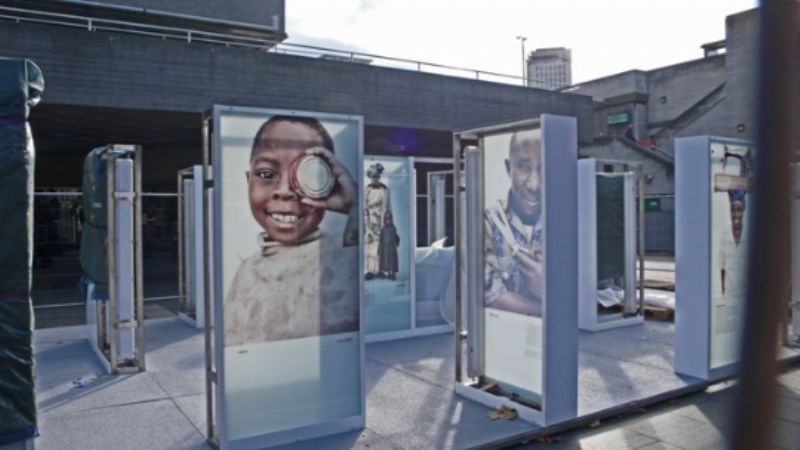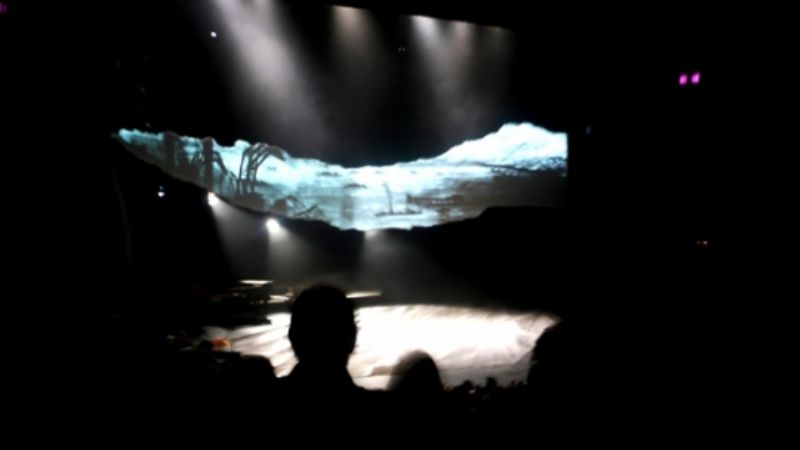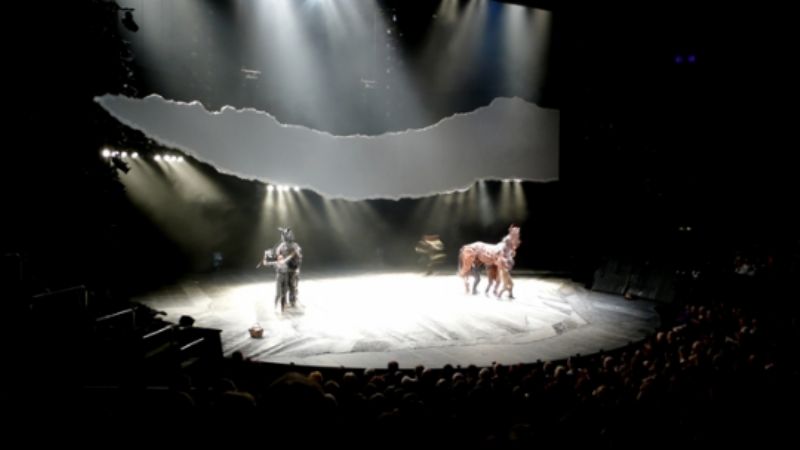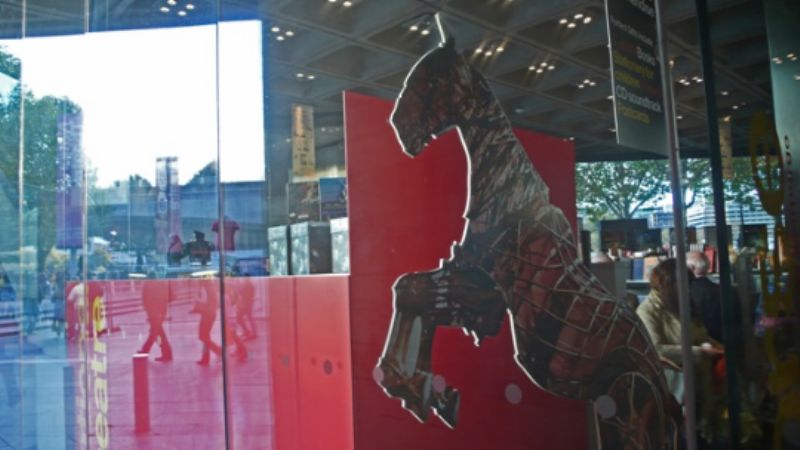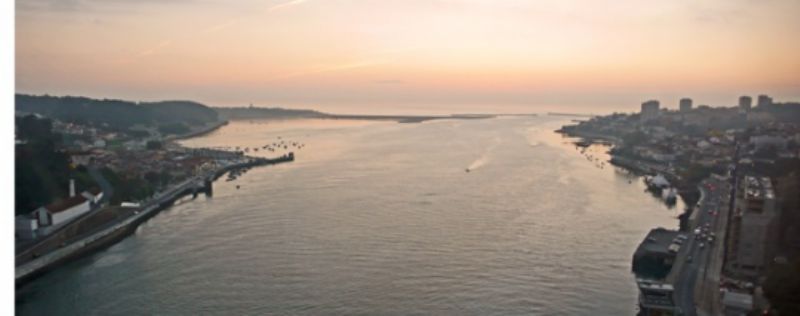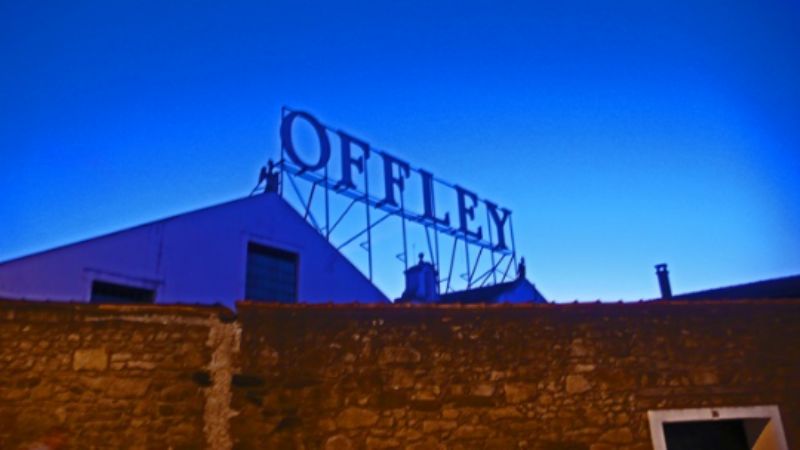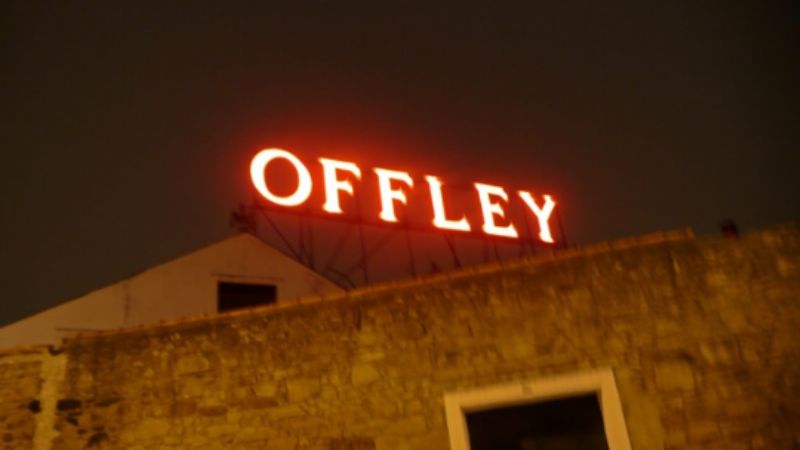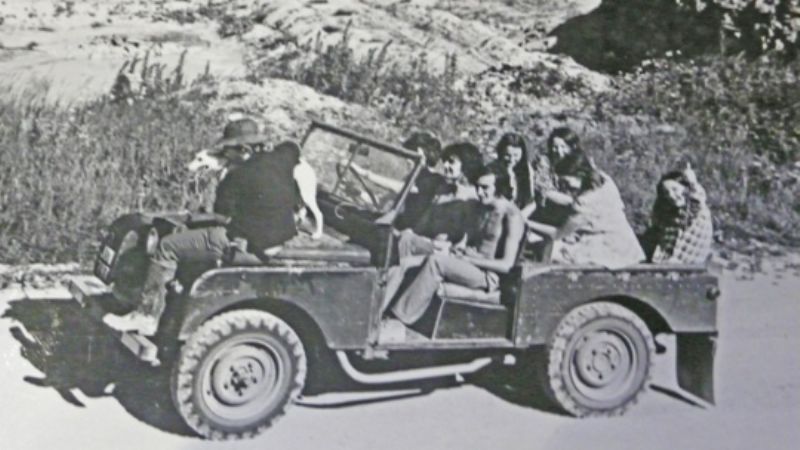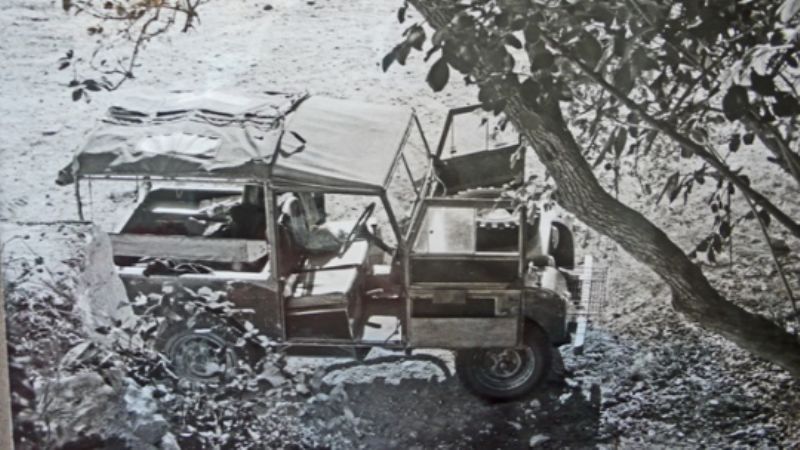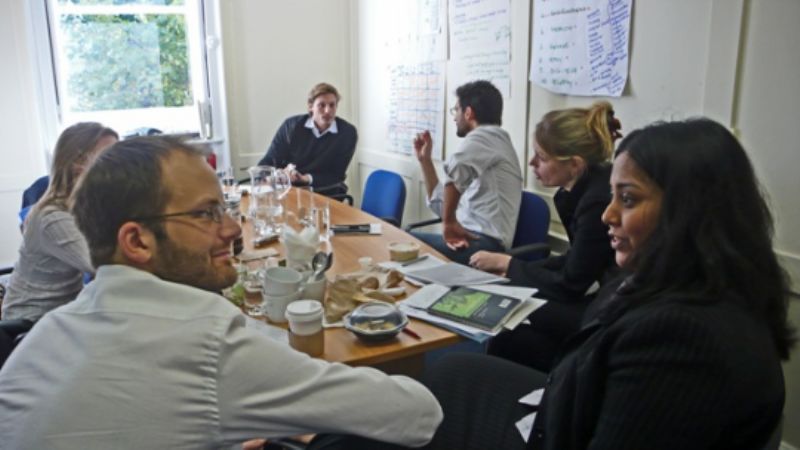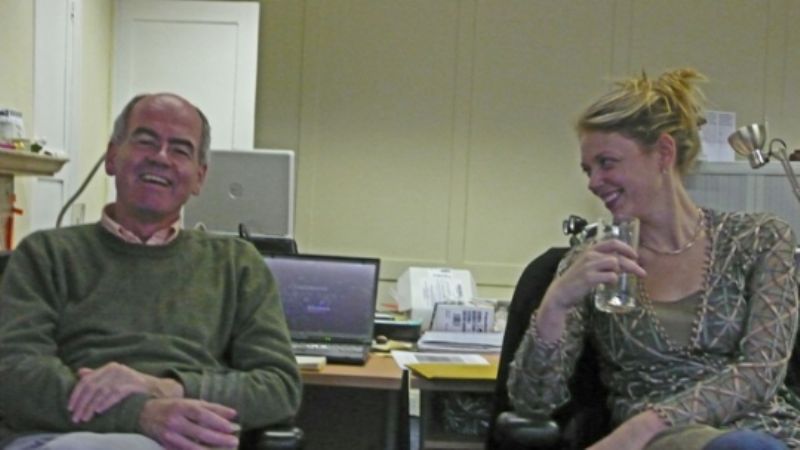When I cycle to Volans, I pass the Animals in War Memorial by Park Lane. But until today I hadn’t realised that of the one million horses shipped from Britain to France during WWI, only 62,000 had returned to this country. Nor had I realised how many of the animals were shipped from the US and Canada when our own stables ran dry. Those animals that weren’t killed outright tended to end up on the butcher’s block. All this was brought home by War Horse, which I saw this afternoon with Elaine’s sister, Christine.
The staging was incredible, with the main backdrop symbolising part of a page torn from an artist’s notebook. I surreptitiously took photos, without using flash, and though they don’t really capture the full measure of the thing, they’ll remind me of a deeply moving experience. One image that will live on is the centre of the stage spiralling up to show a cross-section of the carnage beneath the surface, like one of those instruments that they push into a Stilton to extract a sample of the cheese. Here, instead of the blue veins, you could see the bodies of men and horses.

